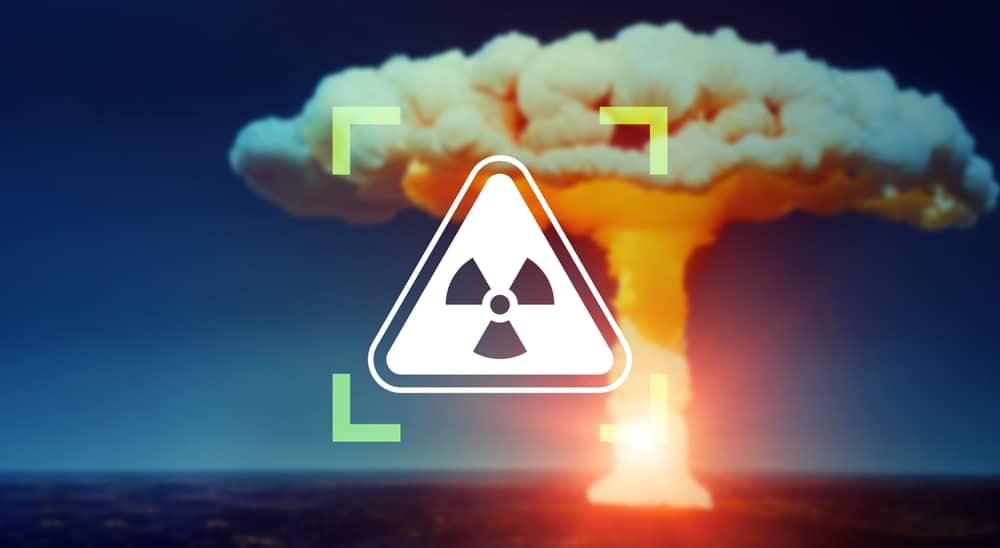North Korea’s missile test on Monday was in fact a drill to test nuclear force preparedness, according to local media.
The incident raised alarms around the region after several short-range ballistic missiles were launched near Pyongyang and flew approximately 185 miles before falling in the waters between the Korean Peninsula and Japan.
The drill’s main purpose, however, was to “demonstrate the reliability, superiority, might and diverse means” of the country’s nuclear forces and the Haekbangashoe system that serves as “a clear warning signal to the enemies” of North Korea, according to the Pyongyang Times.
The Haekbangashoe system, which means “nuclear trigger,” included the maneuver of troops into a “counterattack posture” that aimed at “substantially strengthening the prompt counterattack capacity of the state nuclear force.”
North Korea launched missiles from at least four launch vehicles that delivered a single firing salvo against an island within a 220-mile range, the U.S. Naval Institute reported.
North Korean leader Kim Jong Un reportedly oversaw the drill, which occurred as the U.S. and South Korea started a combined joint formation drill at Kunsan Air Base, which commenced on April 12 and is expected to end April 26. He reportedly likened the weapon system to “the firing of a sniper’s rifle.”
South Korea’s Joint Chiefs of Staff claimed that any reports of such accuracy or capabilities of its weapons system were likely exaggerated and that South Korea’s military could detect and intercept any weapons.
To combat North Korea’s aggressive pursuit of nuclear preparedness, Washington, Tokyo and Seoul agreed to a system of real-time missile data-sharing, which would allow the three countries to monitor Pyongyang’s launches, according to Newsweek.
U.S. Indo-Pacific Command said the launch “does not pose an immediate threat to U.S. personnel or territory, or to our allies,” stressing instead the “destabilizing impact of the DPRK’s illicit weapons program.”








